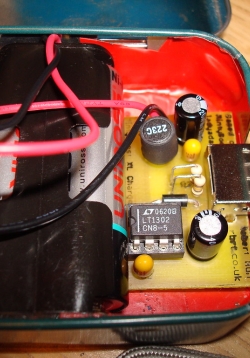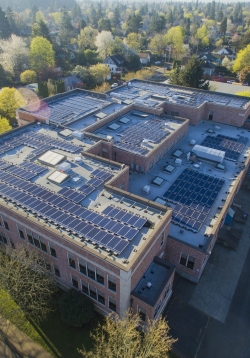Circuit Analysis With Solar Energy: Measure the Power Consumed by Various Devices
Students will set up a simple circuit using a solar module and three small loads. They will then use a multimeter to measure the voltage across each load and the current through each circuit. Students will then calculate the power consumption and...







